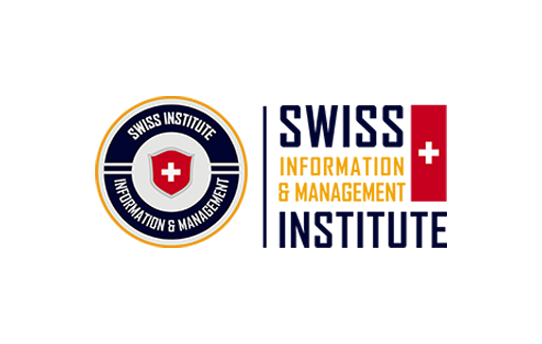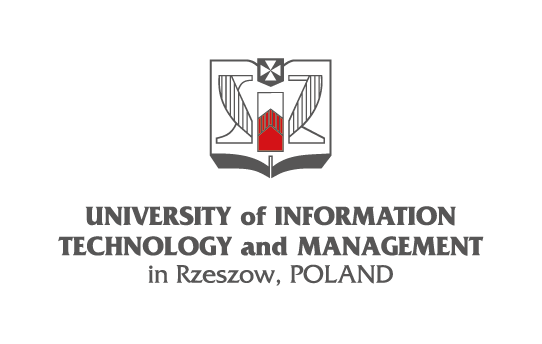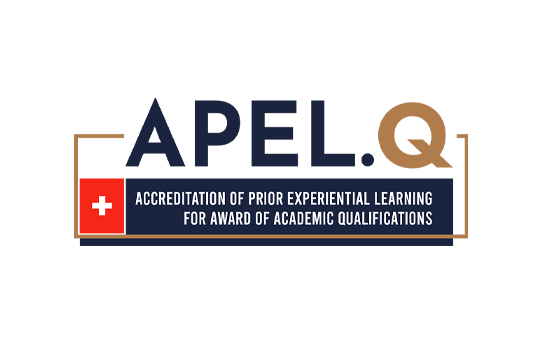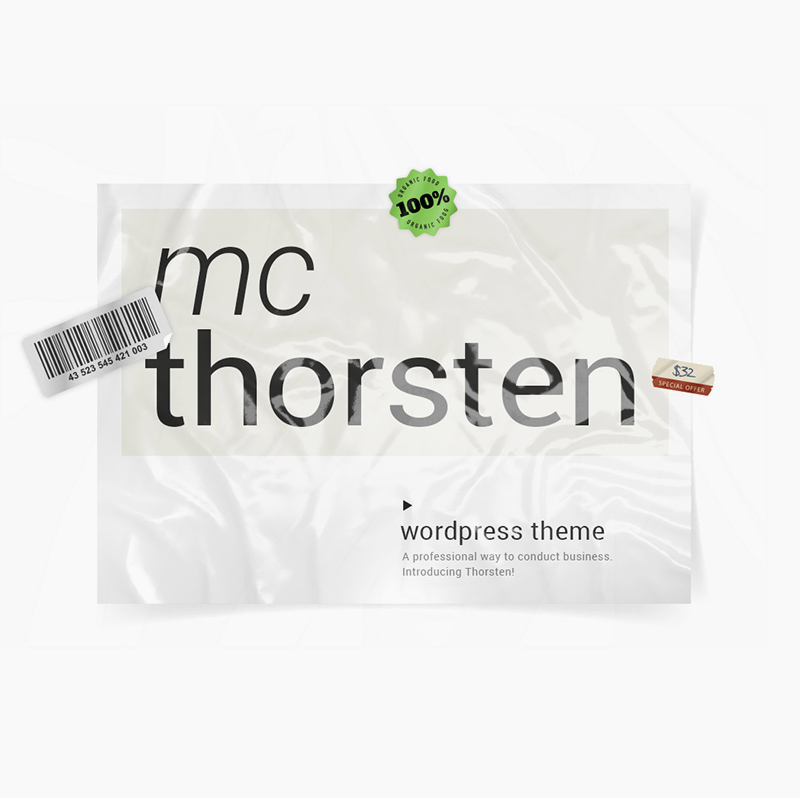Swiss Shortcourse
Fully accredited & Recognition professional short courses
As a member of SIMI Swiss, the first Swiss Higher Education Institute in Zug, Switzerland, Swiss Shortcourse also adheres to all standards validated by leading accrediting and recognizing organizations.
ASIC
The Accreditation Service for International Schools, Colleges and Universities.
SVEB
Schweizerischer Verband für Weiterbildung.
HEAD
The Higher Education Accreditation Divisions of Germany.
OTHM
Ofqual UK.Gov Awarding body.
Grow your business and satisfy your career
Courses
Swiss Shortcourse offers over 300 short courses ranging from beginner to doctoral levels.
Locations
Students of Swiss Shortcourses come from over 60 countries and are continually expanding.
Students
Every month, Swiss Shortcourse enrolls nearly 1,000 students with a graduation rate exceeding 90%.
Swiss Shortcourse
The very best solution for your business
Swiss Shortcourse not only accepts direct student enrollments but also serves as a trusted partner for businesses. With its strict quality control system, HR directors from top companies view Swiss Shortcourse as a solution for enhancing the quality of their internal workforce.
Make your career & business soar
with Swiss Shortcourse
Swiss Shortcourse
Exclusive training for immediate class comprehension

Tell Me
What do I need to know? Bite-sized content that introduces theories and concepts. These sections are used to introduce key constructs, theories, and ideas with brief but pertinent explanations that learners can relate to and written in an appealing style that they can relate to. Where applicable differing theories should be included so that learners can compare and contrast theories/models and evaluate them in the context of the skills they exhibit/need to develop.
Show Me
Can I have an example? The use of practical/illustrative examples to underpin the concepts and theories presented. These are designed to show learners how the ideas presented are related to the real world and real-world examples. This could be in the form of visuals, case studies, or anecdotes. The key point is that whatever is used must kindle some form of emotion and realism. They must also be current and valid and appeal to an international audience.
Involve Me
How is this relevant to me? Application of the theories and concepts presented. These are designed to allow the learner to synthesize knowledge by getting them to do something that is relevant to them and that is directly applicable to their working role/environment. Some examples include reflective exercises, presenting them with a work-based scenario, and asking open-ended questions (e.g., how they go about performing a particular task, asking them how they would respond to a certain situation, case study analysis). This gives them the opportunity to challenge ideas.
Show Me More
Where can I find out more? Additional directed learning, so learners can find out more about the subject/subject areas.
Test me
What have I learnt? Self-assessment to check learning and understanding. This is used for students to check their understanding of each section. This could be in the form of word searches, games, missing words, quizzes, etc. Refer to the sample model for guidance.
Remind me
What have we covered? Summary of all the key points and issues raised. This is the last thing that they will see, so it needs to be structured in a way that aids retention.
Feedback
How can I measure my learning? Feedback relating to appropriate learning opportunities to reinforce and consolidate learning.

















